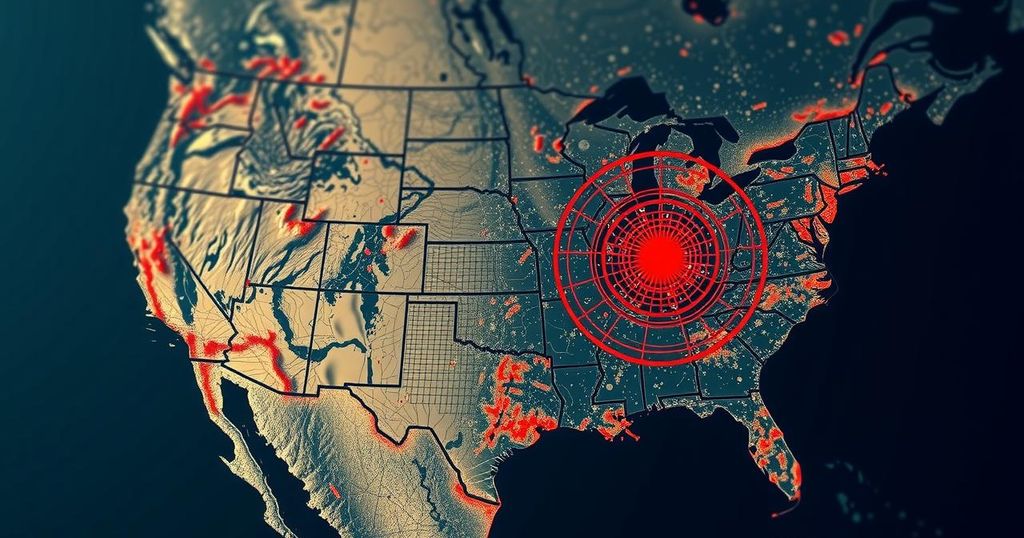A 4.4-magnitude earthquake hit California on November 7, with tremors felt widely as reported by the USGS. This seismic event follows a series of global earthquakes, including significant quakes in Greece, Hawaii, and Chile, highlighting the prevalence of earthquake activity in various regions. Earthquake awareness and preparedness are essential for communities affected by these natural events.
On November 7, a 4.4-magnitude earthquake struck California, specifically centered in Borrego Springs at a depth of 9.8 kilometers, according to the United States Geological Survey (USGS). This event prompted 257 reports from residents who felt the tremor. This earthquake followed recent seismic activity, notably a 4.4-magnitude quake in Greece and a 4.8-magnitude quake in Hawaii, reported just days earlier, illustrating a pattern of earthquake occurrences across different regions. Previously, on November 5, Greece experienced a 4.4-magnitude earthquake centered in Chalandrítsa, located at a depth of 82.3 kilometers. In conjunction, Hawaii recorded a 4.8-magnitude earthquake in Pāhala at a depth of 38.4 kilometers. This cluster of earthquakes also included a 3.3-magnitude tremor in California’s Anza, occurring just two days prior, revealing notable seismic activity on the West Coast. Additionally, seismic developments in South America and the Midwest were recorded, including a 4.3-magnitude earthquake in Chile’s La Serena and a 3.7-magnitude tremor in Missouri’s Steele. These events were closely aligned with a notable 5.3-magnitude earthquake in Greece. The seismic activity trend continues with a 6.0-magnitude earthquake occurring in Oregon on October 30. Earlier seismic events in California included multiple 3.2-magnitude earthquakes detected in locations such as Lompoc and Petrolia, further demonstrating the ongoing vulnerability of these regions to tremors. This series of earthquakes illustrates that seismic activity is an ever-present threat across several global regions, affecting numerous populations. Regular monitoring by the USGS provides critical insights and helps raise public awareness regarding earthquake preparedness and response measures.
Earthquakes are natural occurrences resulting from the movement of tectonic plates beneath the Earth’s surface. The United States, particularly California, is prone to seismic activity due to its geographical plate boundaries. The United States Geological Survey (USGS) plays a crucial role in monitoring seismic events, thereby providing timely information to the public regarding potential hazards. This history of frequent earthquakes indicates the need for sustained vigilance and preparedness among residents in affected regions.
In conclusion, the recent cluster of earthquakes, including the significant 4.4-magnitude quake in California, underscores the persistent nature of seismic activity across various regions. The data provided by the USGS highlights the interconnectedness of these events and emphasizes the importance of earthquake preparedness in seismically active areas. Communities must remain informed and ready to respond to such natural phenomena, ensuring safety and resilience against potential disasters.
Original Source: radio.woai.com






